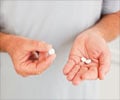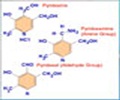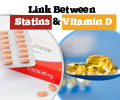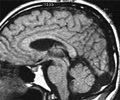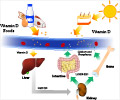While experiencing burning sensation in the mouth, lips, and tongue getting diagnosed for vitamin D deficiency is crucial to avoid risks spot on.

When people experience burning mouth syndrome or BMS, it is essential to get tests done for blood glucose levels fasting, TSH, zinc levels, and Vitamins D, B1, and B6, emphasizes the expert panel of the Department of Dermatology, Mayo Clinic, Rochester (USA), who conducted a study on burning mouth syndrome.
If a person experiences dry mouth, numbness, or unpleasant taste along with a hot sensation or burns on the tongue, lips, or anywhere in the mouth, then it could be BMS. Pain gets worsened with eating something. Finding the root cause of the issue is the only way to sort out the problem smartly. Severity might be varying from one individual to the other.
How to find a solution?
In the pandemic situation, it becomes necessary to track the deficiency of vitamin D in the body or otherwise, which can trigger the development of inflammatory cytokines in the body. It can also cause pneumonia or infections in the upper pulmonary tract. BMS cannot be purely attributed to vitamin D deficiency alone. However, physicians must diagnose the reason for the issue. If you do experience fatigue, mood swings, cramps in the muscles, and pain in the bone joints, then it is important to consult with your physician.
How much exposure to sunlight is good for getting optimal Vitamin D regularly?
Advertisement
• For elderly people over 70, the recommended intake of Vitamin D would be 800 IU daily.
Advertisement
• However, during winter, depending upon the intensity of the sunlight, it could vary anywhere from 1 to 2 hours.
Sources for Vitamin D
Apart from the best source of sunlight, if you are willing to boost the Vitamin D levels in the body, then you can consider these food items, like salmon, soybeans, okra, sardines, spinach, white beans, and kale.
Source-Medindia




